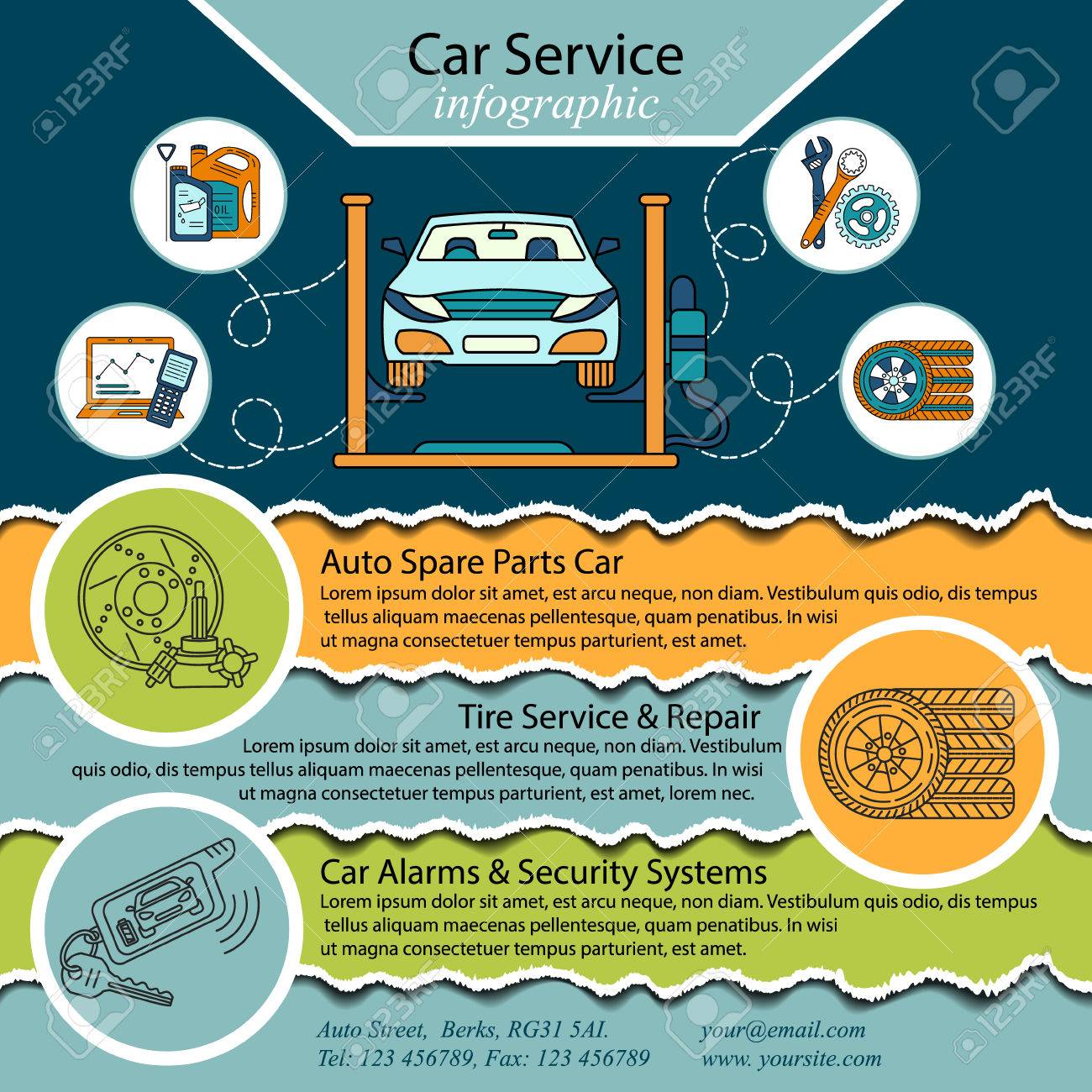Eager To Know What The Control Panel Warning Lights In Your Car Represent? Discover Their Significances For The Health And Security Of Your Vehicle
Eager To Know What The Control Panel Warning Lights In Your Car Represent? Discover Their Significances For The Health And Security Of Your Vehicle
Blog Article
Developed By-Termansen Gilbert
When you lag the wheel, those glowing warning lights on your dashboard can be a bit puzzling. Do you know what they're attempting to inform you regarding your vehicle's health and wellness? Understanding the importance of these lights is crucial for your safety and security and the long life of your automobile. So, the next time one of those lights pops up, would not you intend to understand its message accurately and take the needed actions to address it?
Common Caution Lights and Interpretations
Identify common warning lights in your auto and understand their meanings to make sure risk-free driving.
The most regular caution lights include the check engine light, which indicates problems with the engine or discharges system. If this light comes on, it's essential to have your car examined without delay.
The oil pressure cautioning light indicates low oil pressure, calling for instant interest to stop engine damage.
A blinking battery light might suggest a damaged charging system, possibly leaving you stranded if not addressed.
Recommended Internet page tracking system (TPMS) light alerts you to low tire pressure, impacting car stability and fuel efficiency. Ignoring this might cause risky driving conditions.
The abdominal light shows a trouble with the anti-lock stopping system, endangering your ability to stop swiftly in emergencies.
Finally, the coolant temperature advising light warns of engine getting too hot, which can lead to serious damage otherwise solved promptly.
Recognizing these usual caution lights will aid you deal with problems promptly and preserve secure driving problems.
Relevance of Prompt Attention
Recognizing the common warning lights in your cars and truck is only the initial step; the relevance of immediately addressing these warnings can not be emphasized sufficient to guarantee your safety when traveling.
When a warning light brightens on your control panel, it's your auto's method of interacting a potential problem that needs attention. Disregarding these warnings can cause much more severe troubles later on, jeopardizing your safety and potentially costing you a lot more in repairs.
Trigger focus to advising lights can avoid failures and mishaps. For example, a flashing check engine light can show a misfire that, if left neglected, could trigger damage to the catalytic converter. Resolving this quickly can conserve you from an expensive fixing.
Likewise, a brake system alerting light may indicate low brake liquid or worn brake pads, vital components for your security when driving.
Do It Yourself Troubleshooting Tips
If you observe a caution light on your control panel, there are a couple of do it yourself fixing suggestions you can try before seeking expert help.
The very first step is to consult your automobile's handbook to comprehend what the certain caution light shows. Sometimes the issue can be as straightforward as a loose gas cap setting off the check engine light. Tightening please click for source might solve the problem.
One more typical issue is a low battery, which can cause various cautioning lights. Checking the battery links for corrosion and guaranteeing they're safe might repair the issue.
If a warning light lingers, you can attempt resetting it by detaching the car's battery for a few mins and then reconnecting it. In addition, inspecting your car's fluid levels, such as oil, coolant, and brake fluid, can help fix alerting lights associated with these systems.
Final thought
To conclude, comprehending your automobile's warning lights is necessary for keeping your vehicle running efficiently and securely. By quickly dealing with these alerts and understanding what they suggest, you can stay clear of expensive fixings and possible failures.
Keep in mind to consult your vehicle's manual for certain details on each alerting light and do something about it accordingly to ensure a hassle-free driving experience.
Keep notified, stay secure on the road!
